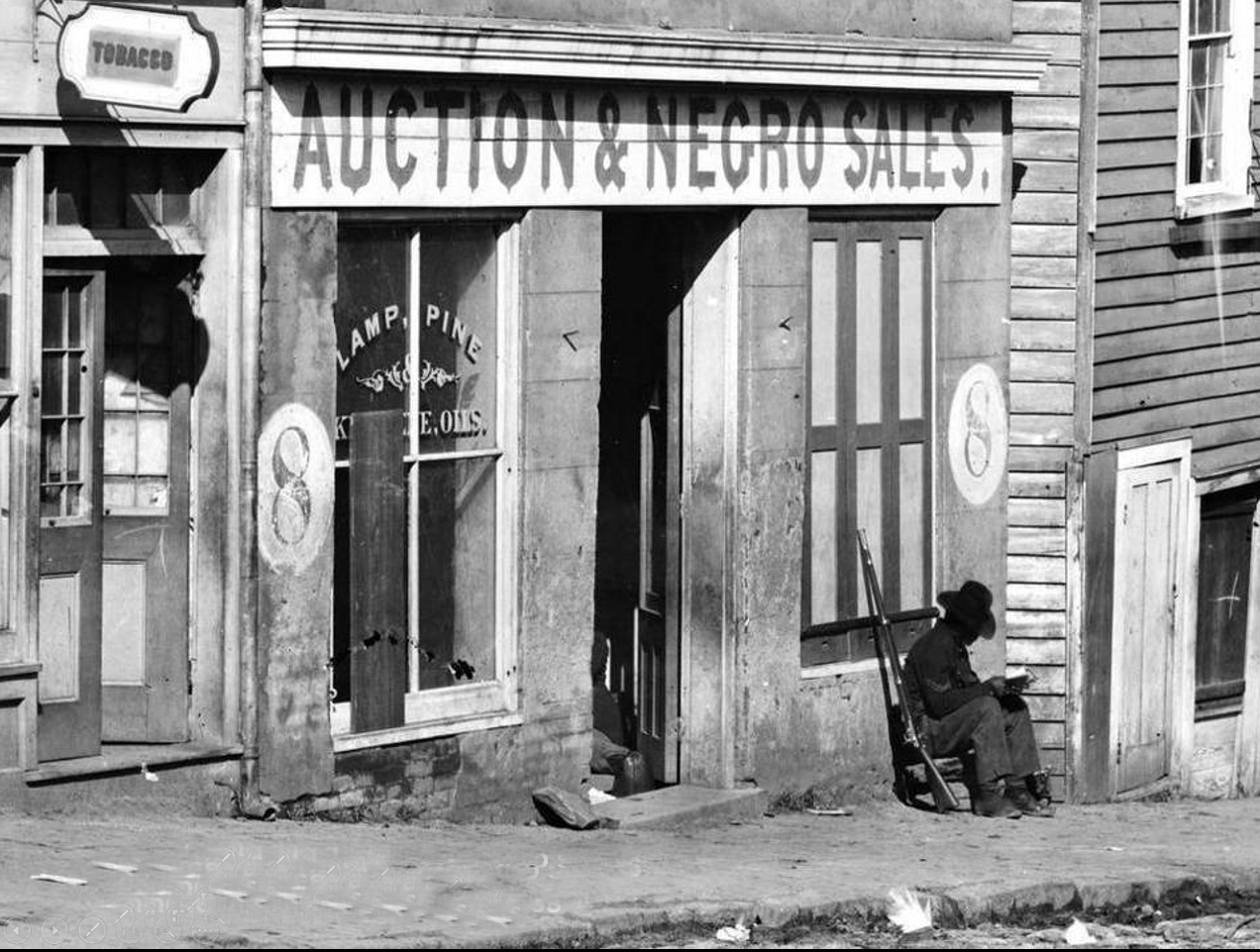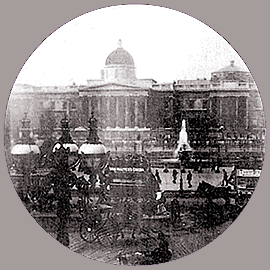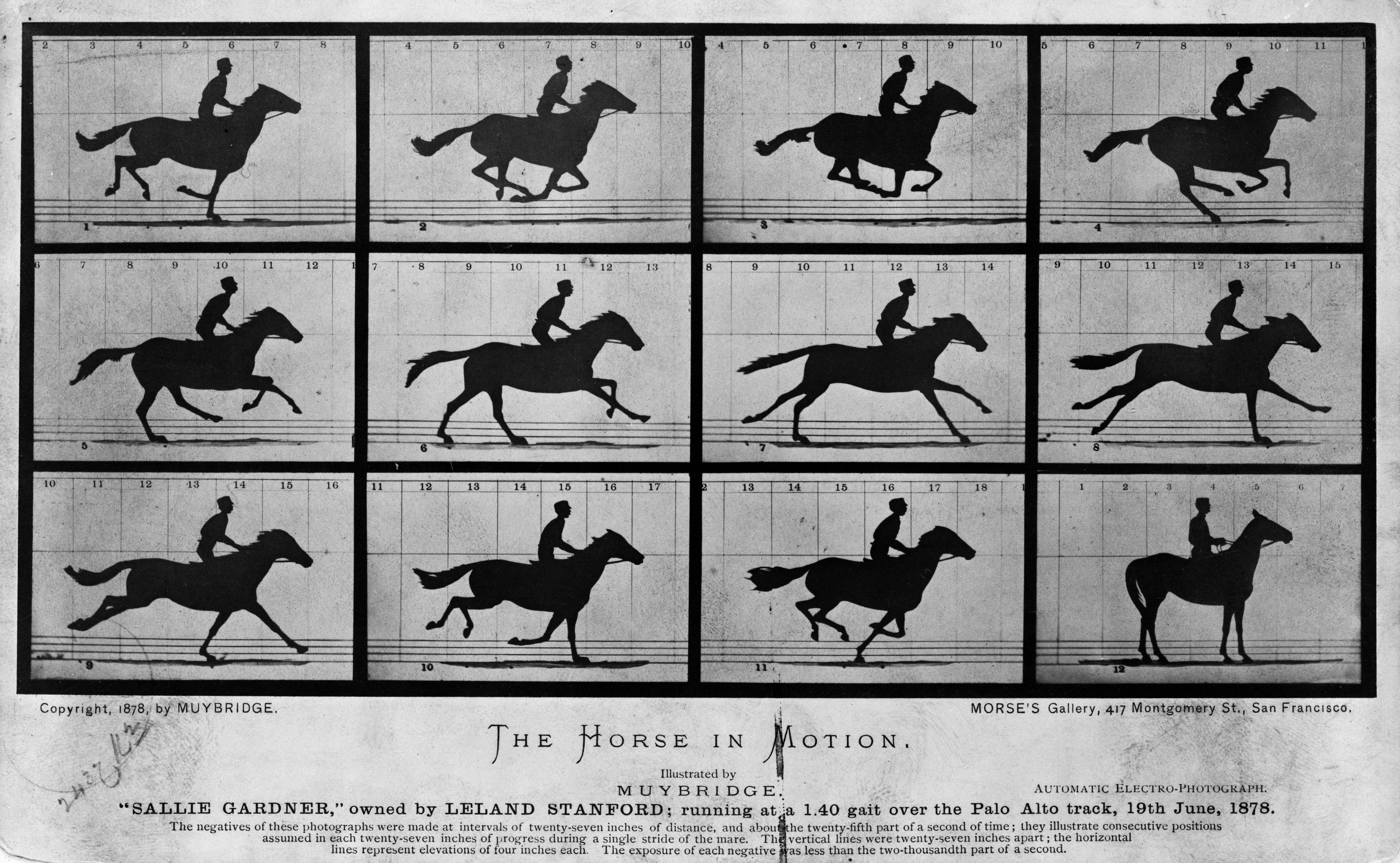|
Charles Francis Jenkins
Charles Francis Jenkins (August 22, 1867 – June 6, 1934) was an American engineer who was a pioneer of early cinema and one of the inventors of television, though he used mechanical rather than electronic technologies. His businesses included Charles Jenkins Laboratories and Jenkins Television Corporation (the corporation being founded in 1928, the year the Laboratories were granted the first commercial television license in the United States). Over 400 patents were issued to Jenkins, many for his inventions related to motion pictures and television . Jenkins was born in Dayton, Ohio, grew up near Richmond, Indiana, where he went to school and went to Washington, D.C. in 1890, where he worked as a stenographer. Motion pictures Jenkins started experimenting with motion pictures in 1891, and eventually quit his job and concentrated fully on the development of his own movie projector, the Phantoscope. As the ''Richmond Telegram'' reported on June 6, 1894, about his en ... [...More Info...] [...Related Items...] OR: [Wikipedia] [Google] [Baidu] |
Dayton, Ohio
Dayton () is a city in Montgomery County, Ohio, United States, and its county seat. It is the List of cities in Ohio, sixth-most populous city in Ohio, with a population of 137,644 at the 2020 United States census, 2020 census. The Dayton metropolitan area had 814,049 residents and is the state's fourth-largest metropolitan area. Dayton is located within Ohio's Miami Valley region, north of Cincinnati and west-southwest of Columbus, Ohio, Columbus. Dayton was founded in 1796 along the Great Miami River and named after Jonathan Dayton, a Founding Fathers of the United States, Founding Father who owned a significant amount of land in the area. It grew in the 19th century as a canal town and was home to many patents and inventors, most notably the Wright brothers, who developed the first successful motor-operated airplane. It later developed an industrialized economy and was home to the Dayton Project, a branch of the larger Manhattan Project, to develop polonium triggers used in ... [...More Info...] [...Related Items...] OR: [Wikipedia] [Google] [Baidu] |
Richmond Palladium
The ''Palladium-Item'' is an American daily morning newspaper for Richmond, Indiana, and surrounding areas. The paper is a merger of two older papers, the ''Richmond Palladium'' and the ''Richmond Item'', and traces its history back to 1831, making it the oldest continuous business in Richmond. The company was sold in 1976 to the Gannett Company, and is currently part of the ''USA Today'' network of titles. Its news director is Greg Fallon. Notable writers from the paper's staff include Mike Lopresti, who is now a sports columnist for the Gannett News Service and is published in many of their papers. Naming The paper's website explains the origin of "Palladium" as referring to " Pallas Athena, whose warlike nature was provoked by injustice and interference with constructive, peaceful living. Pallas Athena was the Goddess of Wisdom and considered a symbol of protection," and that Palladium denotes "the protection of the rights of people, is believed to have come from Greek histo ... [...More Info...] [...Related Items...] OR: [Wikipedia] [Google] [Baidu] |
Patent
A patent is a type of intellectual property that gives its owner the legal right to exclude others from making, using, or selling an invention for a limited period of time in exchange for publishing an sufficiency of disclosure, enabling disclosure of the invention."A patent is not the grant of a right to make or use or sell. It does not, directly or indirectly, imply any such right. It grants only the right to exclude others. The supposition that a right to make is created by the patent grant is obviously inconsistent with the established distinctions between generic and specific patents, and with the well-known fact that a very considerable portion of the patents granted are in a field covered by a former relatively generic or basic patent, are tributary to such earlier patent, and cannot be practiced unless by license thereunder." – ''Herman v. Youngstown Car Mfg. Co.'', 191 F. 579, 584–85, 112 CCA 185 (6th Cir. 1911) In most countries, patent rights fall under private la ... [...More Info...] [...Related Items...] OR: [Wikipedia] [Google] [Baidu] |
Atlanta
Atlanta ( ) is the List of capitals in the United States, capital and List of municipalities in Georgia (U.S. state), most populous city in the U.S. state of Georgia (U.S. state), Georgia. It is the county seat, seat of Fulton County, Georgia, Fulton County and extends into neighboring DeKalb County, Georgia, DeKalb County. With a population of 520,070 (2024 estimate) living within the city limits, Atlanta is the eighth most populous city in the Southeastern United States, Southeast and List of United States cities by population, 36th most populous city in the United States according to the 2020 United States census, 2020 U.S. census. Atlanta is classified as a Globalization and World Cities Research Network#Beta +, Beta + global city and is the principal city of the much larger Atlanta metropolitan area, the core of which includes Cobb County, Georgia, Cobb, Clayton County, Georgia, Clayton and Gwinnett County, Georgia, Gwinnett counties, in addition to Fulton and DeKalb. ... [...More Info...] [...Related Items...] OR: [Wikipedia] [Google] [Baidu] |
Cotton States And International Exposition
Cotton (), first recorded in ancient India, is a soft, fluffy staple fiber that grows in a boll, or protective case, around the seeds of the cotton plants of the genus '' Gossypium'' in the mallow family Malvaceae. The fiber is almost pure cellulose, and can contain minor percentages of waxes, fats, pectins, and water. Under natural conditions, the cotton bolls will increase the dispersal of the seeds. The plant is a shrub native to tropical and subtropical regions around the world, including the Americas, Africa, Egypt and India. The greatest diversity of wild cotton species is found in Mexico, followed by Australia and Africa. Cotton was independently domesticated in the Old and New Worlds. The fiber is most often spun into yarn or thread and used to make a soft, breathable, and durable textile. The use of cotton for fabric is known to date to prehistoric times; fragments of cotton fabric dated to the fifth millennium BC have been found in the Indus Valley civilizatio ... [...More Info...] [...Related Items...] OR: [Wikipedia] [Google] [Baidu] |
Thomas Armat
Thomas J. Armat (October 25, 1866 – September 30, 1948) was an American mechanic and inventor, a pioneer of cinema best known through the co-invention of the Edison Vita Armat studied at the Mechanics Institute in Richmond, Virginia and then in 1894 at the Bliss Electrical School in Washington, D.C., where he met Charles Francis Jenkins. The two classmates teamed up to develop a movie projector using a new kind of intermittent motion mechanism, a "beater mechanism" similar to the one patented 1893 by Georges Demenÿ in France. It was one of the first projectors using what is known as the Latham loop (an extra loop of the film before the transport mechanism to reduce the tension on the film and avoid film breakage, developed independently at the same time by Woodville Latham and his sons). They made their first public projection using their invention, named '' Phantoscope'' after an earlier model designed by Jenkins alone, in September 1895 at the Cotton States and Internati ... [...More Info...] [...Related Items...] OR: [Wikipedia] [Google] [Baidu] |
Wordsworth Donisthorpe
__NOTOC__Wordsworth Donisthorpe (24 March 1847 – 30 January 1914) was an English barrister, individualist anarchist and inventor, pioneer of cinematography and chess enthusiast. Life and work Donisthorpe was born in Leeds, on 24 March 1847. His father was George E. Donisthorpe, also an inventor; his brother, Horace Donisthorpe, was a myrmecologist. He studied at Leeds Grammar School and Trinity College, Cambridge. Donisthorpe married Ann Maria Anderson on 17 December 1873; whom he had four children. He and his wife later separated and he had a daughter with Edith Georgina Fleming (whom he described as his second wife) in 1911. In 1885, Donisthorpe was co-founder of the British Chess Association and the British Chess Club. He was an avid explorer and traveled throughout Northern Africa with Newnes, the publisher. He wrote a book, 'Down the Streams of Civilization,' and many papers. Donisthorpe spoke on anarchism at a conference organised by the Fabian Society in 1886. H ... [...More Info...] [...Related Items...] OR: [Wikipedia] [Google] [Baidu] |
Phonograph
A phonograph, later called a gramophone, and since the 1940s a record player, or more recently a turntable, is a device for the mechanical and analogue reproduction of sound. The sound vibration Waveform, waveforms are recorded as corresponding physical deviations of a helical or spiral groove engraved, etched, incised, or impressed into the surface of a rotating cylinder or disc, called a ''Phonograph record, record''. To recreate the sound, the surface is similarly rotated while a playback #Stylus, stylus traces the groove and is therefore vibrated by it, faintly reproducing the recorded sound. In early acoustic phonographs, the stylus vibrated a Diaphragm (acoustics), diaphragm that produced sound waves coupled to the open air through a flaring Horn loudspeaker, horn, or directly to the listener's ears through stethoscope-type earphones. The phonograph was invented in 1877 by Thomas Edison; its use would rise the following year. Alexander Graham Bell's Volta Laboratory an ... [...More Info...] [...Related Items...] OR: [Wikipedia] [Google] [Baidu] |
Shot Put
The shot put is a track-and-field event involving "putting" (throwing) a heavy spherical Ball (sports), ball—the ''shot''—as far as possible. For men, the sport has been a part of the Olympic Games, modern Olympics since their 1896 Summer Olympics, revival (1896), and women's competition began in 1948 Summer Olympics, 1948. The shot put is part of the most common Combined track and field events, combined events, the decathlon, the Women's Heptathlon, women's and men's heptathlon and the women's pentathlon. History Homer mentions competitions of rock throwing by soldiers during the Trojan War, siege of Troy but there is no record of any weights being thrown in Greek competitions. The first evidence for Stone put, stone- or weight-throwing events were in the Scottish Highlands, and date back to approximately the first century. In the 16th century Henry VIII of England, King Henry VIII was noted for his prowess in court competitions of weight and hammer throwing. The first eve ... [...More Info...] [...Related Items...] OR: [Wikipedia] [Google] [Baidu] |
Chronophotography
Chronophotography is a photographic technique from the Victorian era which captures a number of phases of movements. The best known chronophotography works were mostly intended for the scientific study of Animal locomotion, locomotion, to discover practical information for animal handlers and/or as reference material for artists. Although many results were not intended to be exhibited as moving pictures, there is much overlap with the more or less simultaneous quest to register and exhibit photographic motion pictures. Definition Chronophotography is defined as "a set of photographs of a moving object, taken for the purpose of recording and exhibiting successive phases of motion". The term ''chronophotography'' was coined by French physiologist Étienne-Jules Marey to describe photographs of movement from which measurements could be taken and motion could be studied. It is derived from the Greek word χρόνος ''chronos, chrónos'' ("time") combined with ''photography''.The ... [...More Info...] [...Related Items...] OR: [Wikipedia] [Google] [Baidu] |
Zoopraxiscope
The zoopraxiscope (initially named ''zoographiscope'' and ''zoogyroscope'') is an early device for displaying moving images and is considered an important predecessor of the movie projector. It was conceived by photographic pioneer Eadweard Muybridge in 1879 (and built for him by January 1880 to project his famous chronophotographic pictures in motion and thus prove that these were authentic). Muybridge used the projector in his public lectures from 1880 to 1895. The projector used 16" glass disks onto which Muybridge had an unidentified artist paint the sequences as silhouettes. This technique eliminated the backgrounds and enabled the creation of fanciful combinations and additional imaginary elements. Only one disk used photographic images, of a horse skeleton posed in different positions. A later series of 12″ discs, made in 1892–1894, used outlines drawn by Erwin F. Faber that were printed onto the discs photographically, then colored by hand. These colored discs we ... [...More Info...] [...Related Items...] OR: [Wikipedia] [Google] [Baidu] |
Magic Lantern
The magic lantern, also known by its Latin name , is an early type of image projector that uses pictures—paintings, prints, or photographs—on transparent plates (usually made of glass), one or more lens (optics), lenses, and a light source. Because a single lens inverts an image projected through it (as in the phenomenon which inverts the image of a camera obscura), slides are inserted upside down in the magic lantern, rendering the projected image correctly oriented. It was mostly developed in the 17th century and commonly used for entertainment purposes. It was increasingly used for education during the 19th century. Since the late 19th century, smaller versions were also mass-produced as toys. The magic lantern was in wide use from the 18th century until the mid-20th century when it was superseded by a compact version that could hold many 35 mm photographic slides: the slide projector. Technology Apparatus The magic lantern used a concave mirror behind a light so ... [...More Info...] [...Related Items...] OR: [Wikipedia] [Google] [Baidu] |







